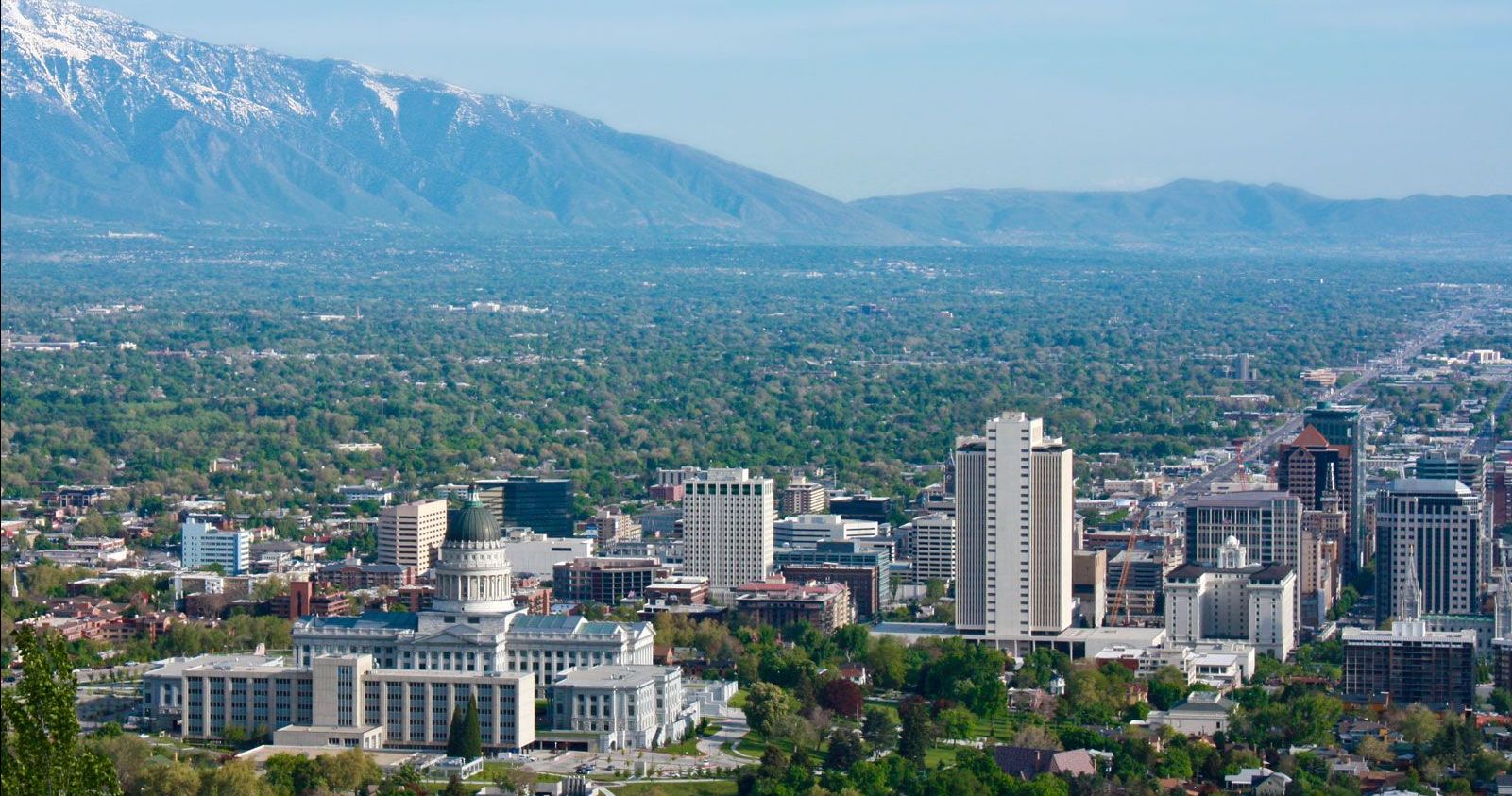The capital of Utah, Salt Lake City has a very rich history. Once known for its teetotaling culture, Salt Lake City is now emerging as a hub for arthouse movies, coffeehouses, and not to forget craft beer. The founders and pioneers of Salt Lake City have contributed a lot to the westward expansion of the U.S. If you are planning to move to Salt Lake City, the best moving companies advise you to know some interesting details about the neighbourhoods. Here are some details of the interesting history of this beautiful city and its neighbourhood then carry on reading further.
SUGAR HOUSE
Sugar House is one of the oldest districts of Salt Lake City and was established in 1853. Soon after the establishment of this, Desert Manufacturing Company started processing beets into refined sugar and set up a shop there. But due to a delay in the construction of the factory, the building was converted into a paper mill in place of a sugar factory. But the wife of the then-mayor suggested the name Sugar House for this place.
THE MARMALADE DISTRICT
The Marmalade District is the oldest neighbourhood of Salt Lake City and is situated at the north of its downtown. The architecture of the city is influenced by Carpenter Gothic, Italianate, and Russian architecture. The city is a friendly place for LGBT communities. The city is named after its streets that are further named after fruits. The founders of the city had planted orchards in the 19th century and street names refer to the orchards. So, if you are looking for great health along with job opportunities, this is where you must settle down.
THE GRANARY DISTRICT
The granary district is named after its huge grain silos which were a part of a number of flour mills in the past. This industrial city has seen its share of decay until rail lines moved west. The redesign campaign of the city has benefitted the artists and entrepreneurs and now the city is known for its live and diverse culture including coffee shops, an annual street festival, Granary Road, indie breweries, and food truck.
EMIGRATION OAKS
Emigration Oaks has played a significant role in the history of Salt Lake City. This township is named after an 18-square-mile swath of woods. This swath of woods was itself named after the emigrants who passed through the canyon in the year 1840. These emigrant groups were including Mormons and Donner-Reed Party. A nearby Donner Hill is named for the leaders of the Donner-Reed Party. They forged a route to reach California. A year after the Donner-Reed Party move, Brigham Young led more Mormons from the Midwest to Salt Lake City. New mansions and vintage architecture, the Pink Garage are two popular places of Emigration Oaks.
PEOPLE’S FREEWAY
People’s Freeway is the southern half of the Granary District located in the south of Salt Lake City. People’s Freeway is known for its major entrances within its borders. This town is one of the most affordable places in Salt Lake City and has great old diners and dive bars. The city hosts university baseball games.
HARVARD-YALE
Harvard-Yale is known for its architecture and themed streets. Harvard-Yale is also known as Yale crest and its streets are named after Ivy League universities including Princeton, Harvard Avenue, and Yale. The city is full of English Cottage and English Tudor-style homes that are from the late 1800s and early 1900s. Harvard-Yale was formerly used as farmland by its setters. The city was home to many business executives and LDS Church leaders. A Prairie School-style bungalow formerly belonged to the 8th president of LDS Church George Albert Smith. Harvard-Yale is on the list of the National Register of Historic Places. Since 2007, though George Albert marked his place on National Register in 1993.
WASATCH HOLLOW
Wasatch Hollow is the name given due to its hollow structure created by the Wasatch Mountain range. The Wasatch Mountain range is named after local Native American People Ute which means mountain pass. This is a residential town that was established in the 1920s and is home to many popular restaurants.
ROSE PARK
The story behind the name Rose Park is very interesting. The city was developed in the 1940s and the developer unknowingly laid the city in the shape of a rose. The residential streets curve around the city and give the impression of rose petals. American Beauty Drive, the main street of the city is like a long-stemmed rose. The people then were so influenced and impressed by the idea that all house roofs had red or green shingles originally to maintain the symmetry with the shape. Rose Park is ever developing even after the economic depression times. Its affordable living costs, reasonable real estate rates, Latin food, and community garden are some of the most attractive features. Though the layout of the city has been changed now and it doesn’t look like a rose anymore, streets are still named after varieties of roses including Capistrano, Nocturne, Topaz, etc.
Hope this information will prove helpful to you as you plan your move to this amazing city. Start packing your belongings today and enjoy a safe ad successful move.

